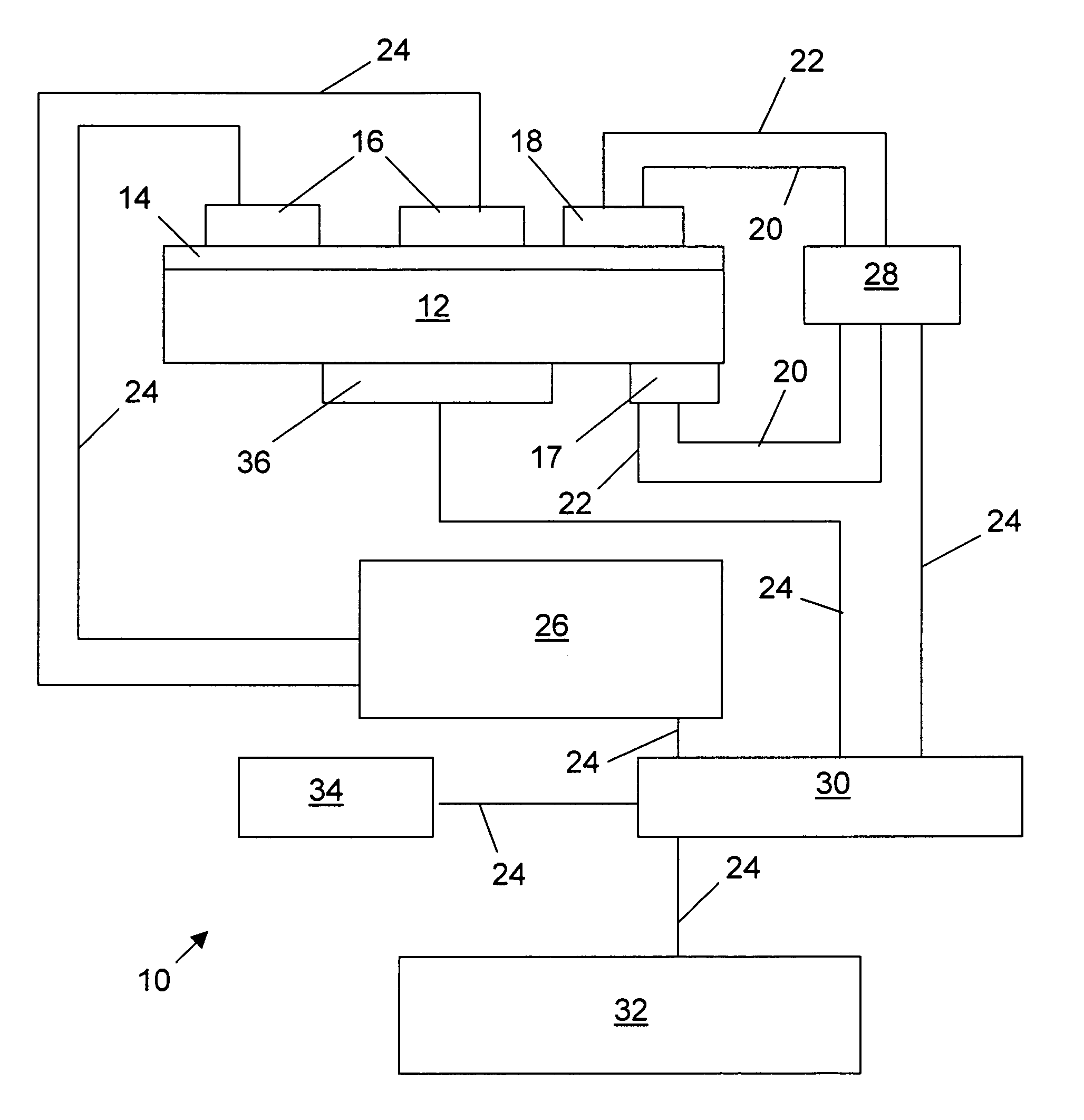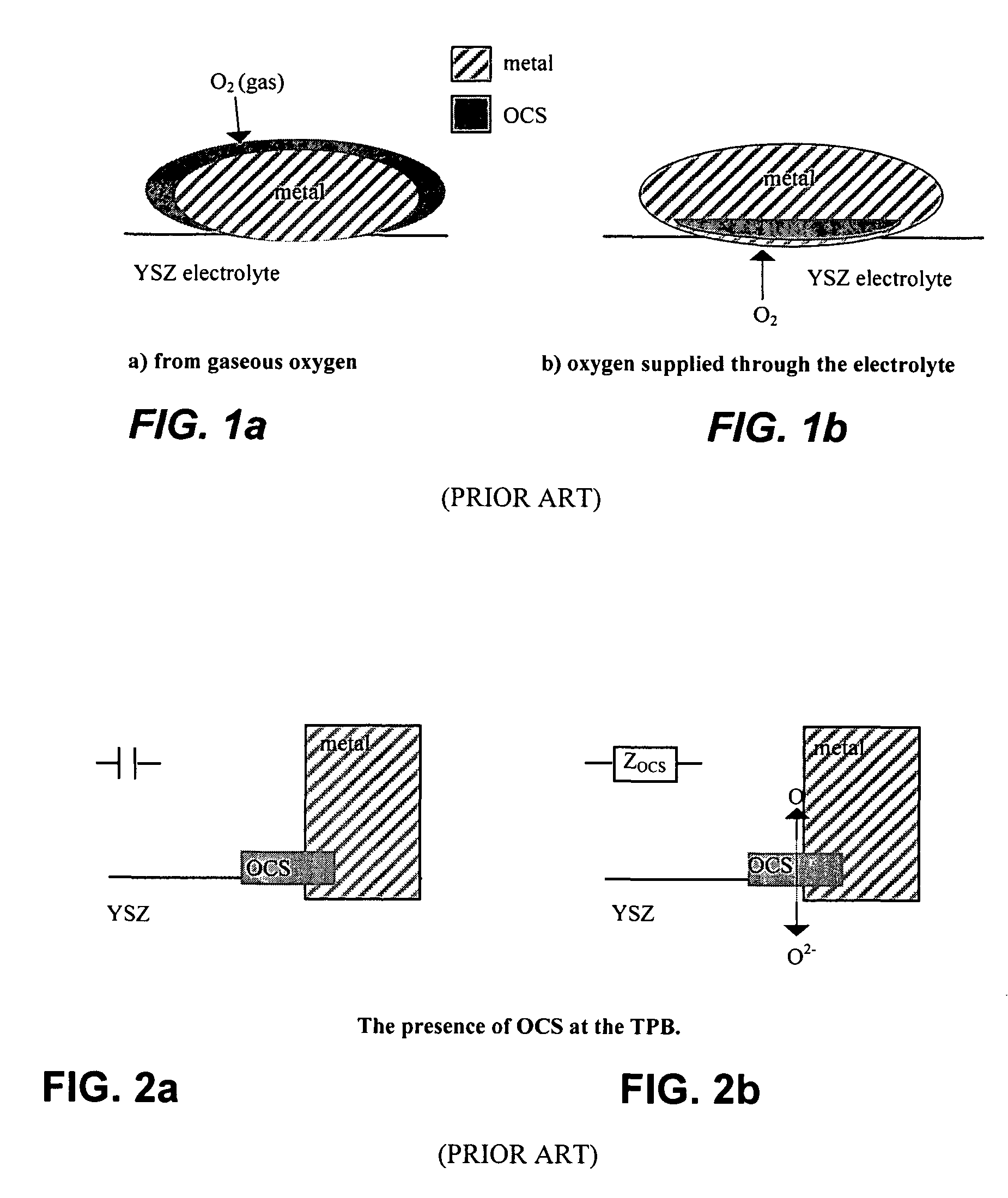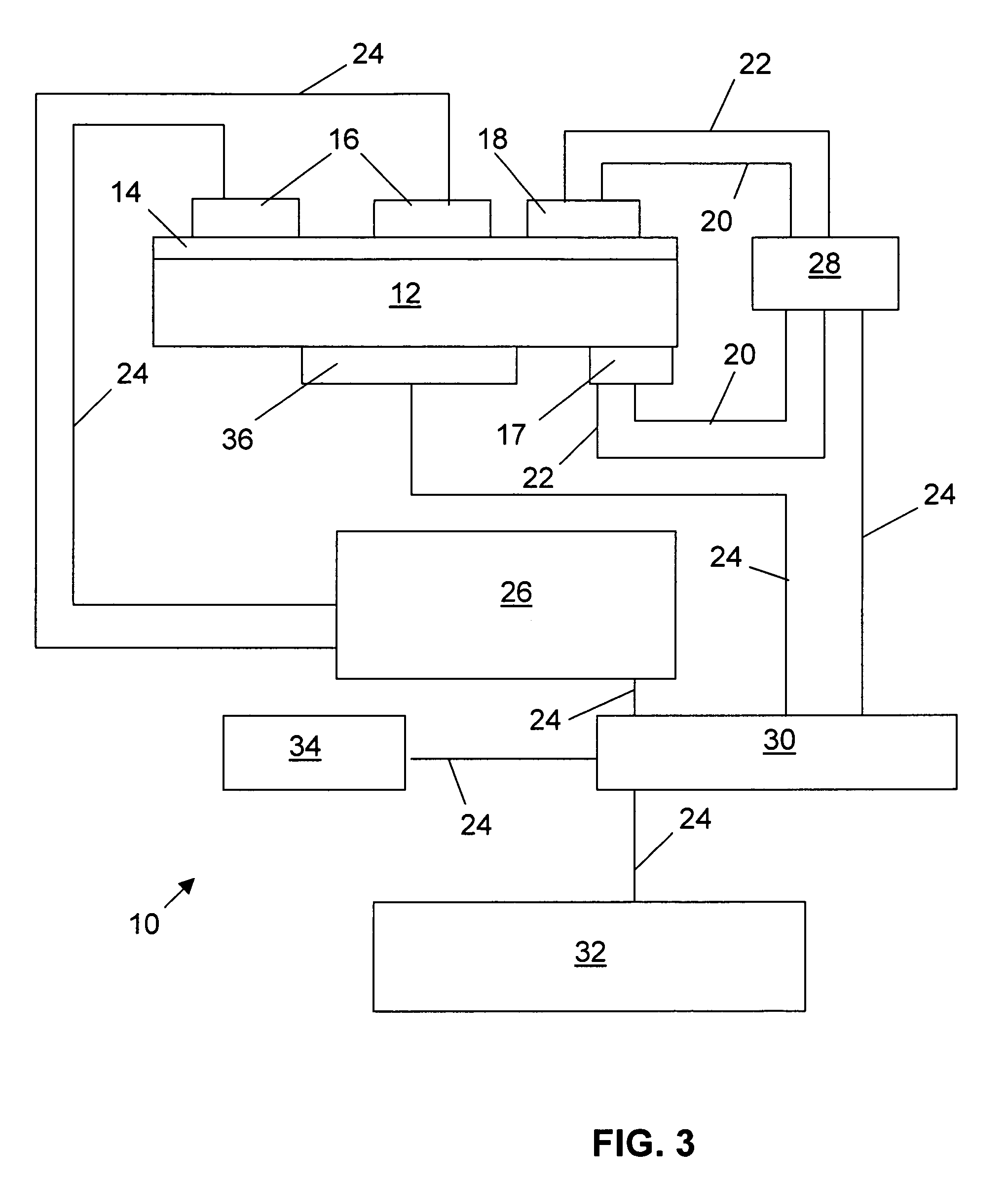Methods and apparatus for controlling catalytic processes, including catalyst regeneration and soot elimination
a technology of catalytic processes and apparatuses, applied in the direction of catalyst activation/preparation, metal/metal-oxide/metal-hydroxide catalysts, etc., can solve the problems of carbon monoxide interference with the catalytic mechanism, poisoning of catalysts, carbon monoxide interference, etc., to enhance the regeneration of the catalyst layer
- Summary
- Abstract
- Description
- Claims
- Application Information
AI Technical Summary
Benefits of technology
Problems solved by technology
Method used
Image
Examples
Embodiment Construction
[0042]The ensuing detailed description provides exemplary embodiments only, and is not intended to limit the scope, applicability, or configuration of the invention. Rather, the ensuing detailed description of the exemplary embodiments will provide those skilled in the art with an enabling description for implementing an embodiment of the invention. It should be understood that various changes may be made in the function and arrangement of elements without departing from the spirit and scope of the invention as set forth in the appended claims.
[0043]Example embodiments of the present invention have been found to enhance the catalytic activity of prior art systems by a factor of 2 (and possibly more) as a consequence of the action of a process called the DECAN process (Dynamic Enhancement of the Catalytic Activity at Nanoscale), developed by Catelectric Corp., the assignee of the present invention.
[0044]Whereas the prior art NEMCA effect is essentially a DC phenomenon, the DECAN tech...
PUM
| Property | Measurement | Unit |
|---|---|---|
| phase angle | aaaaa | aaaaa |
| phase angle | aaaaa | aaaaa |
| temperature | aaaaa | aaaaa |
Abstract
Description
Claims
Application Information
 Login to View More
Login to View More - R&D
- Intellectual Property
- Life Sciences
- Materials
- Tech Scout
- Unparalleled Data Quality
- Higher Quality Content
- 60% Fewer Hallucinations
Browse by: Latest US Patents, China's latest patents, Technical Efficacy Thesaurus, Application Domain, Technology Topic, Popular Technical Reports.
© 2025 PatSnap. All rights reserved.Legal|Privacy policy|Modern Slavery Act Transparency Statement|Sitemap|About US| Contact US: help@patsnap.com



